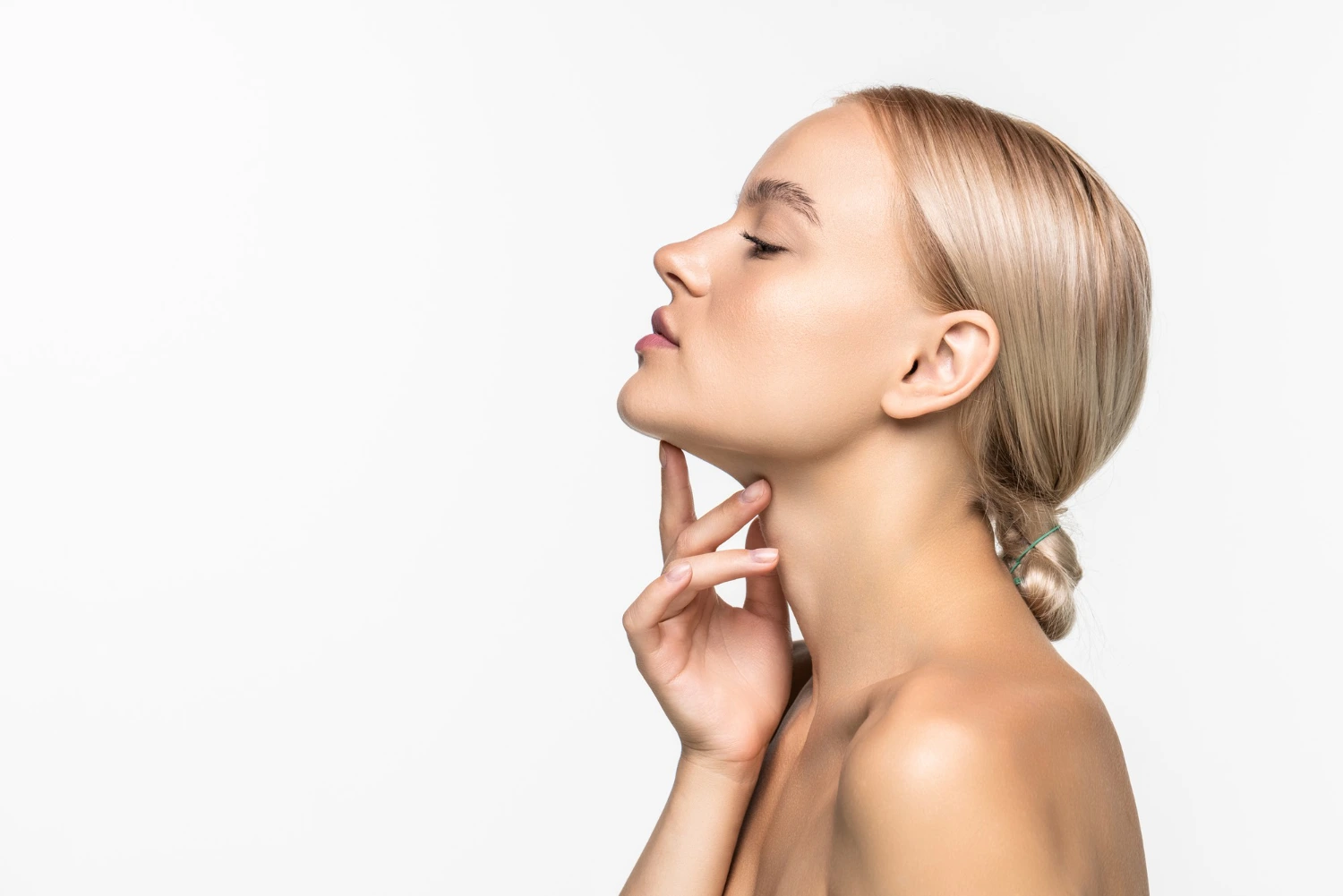Facial harmonization is one of the most sought-after procedures in the aesthetic field. Rather than relying on a single technique, it encompasses a set of procedures designed to create balance among different areas of the face, such as the mouth, cheeks, forehead, and other facial regions.
This process cannot be narrowed down to just one treatment. The term “facial harmonization” refers to a combination of aesthetic techniques aimed at achieving harmony between the facial features, mouth, and teeth.
Since it often involves improving both the smile and facial appearance, many people also refer to this approach as “orofacial harmonization.”
Facial harmonization includes a variety of methods targeting muscles, facial expressions, and areas such as the cheeks, forehead, nose, chin, lips, and even gums.
What are the main procedures involved in facial harmonization?
Facial harmonization involves several techniques, allowing for a wide range of facial improvements and addressing aesthetic concerns or even clinical conditions. Below are two of the most common procedures:
Botulinum Toxin (Botox)
Botox is often applied starting around the teeth and extending to various parts of the face, targeting specific muscles to temporarily paralyze them. This technique effectively softens expression lines, creating a more youthful and balanced appearance.
Botox is typically used in areas such as the forehead, glabella (the area between the eyebrows), and to reduce crow’s feet, nasolabial folds (smile lines), and more.
Peels
Facial peels are a complementary part of facial harmonization. They use various acids, such as trichloroacetic, salicylic, glycolic, and retinoic acids, to hydrate and rejuvenate the skin. Peels are divided into subtypes, depending on the desired depth and result, making them an essential tool for improving skin texture and tone.
Treatment Duration
In most cases, facial harmonization is completed in a single session lasting approximately 30 minutes. However, the duration can vary depending on the complexity and specific needs of the patient.
Post-Treatment Care
Recovery and results from facial harmonization depend on individual patient responses, and results often appear progressively.
Some patients may experience minor bruising. If this occurs, it’s advisable to avoid lying on the treated area, lowering the head abruptly, or massaging the face. Air travel within the first four hours is also discouraged, and physical activities should only resume 48 hours after treatment.
Dr. Alexandre Charão serves patients in Rio de Janeiro and Petrópolis.
For more information, contact our clinic.



